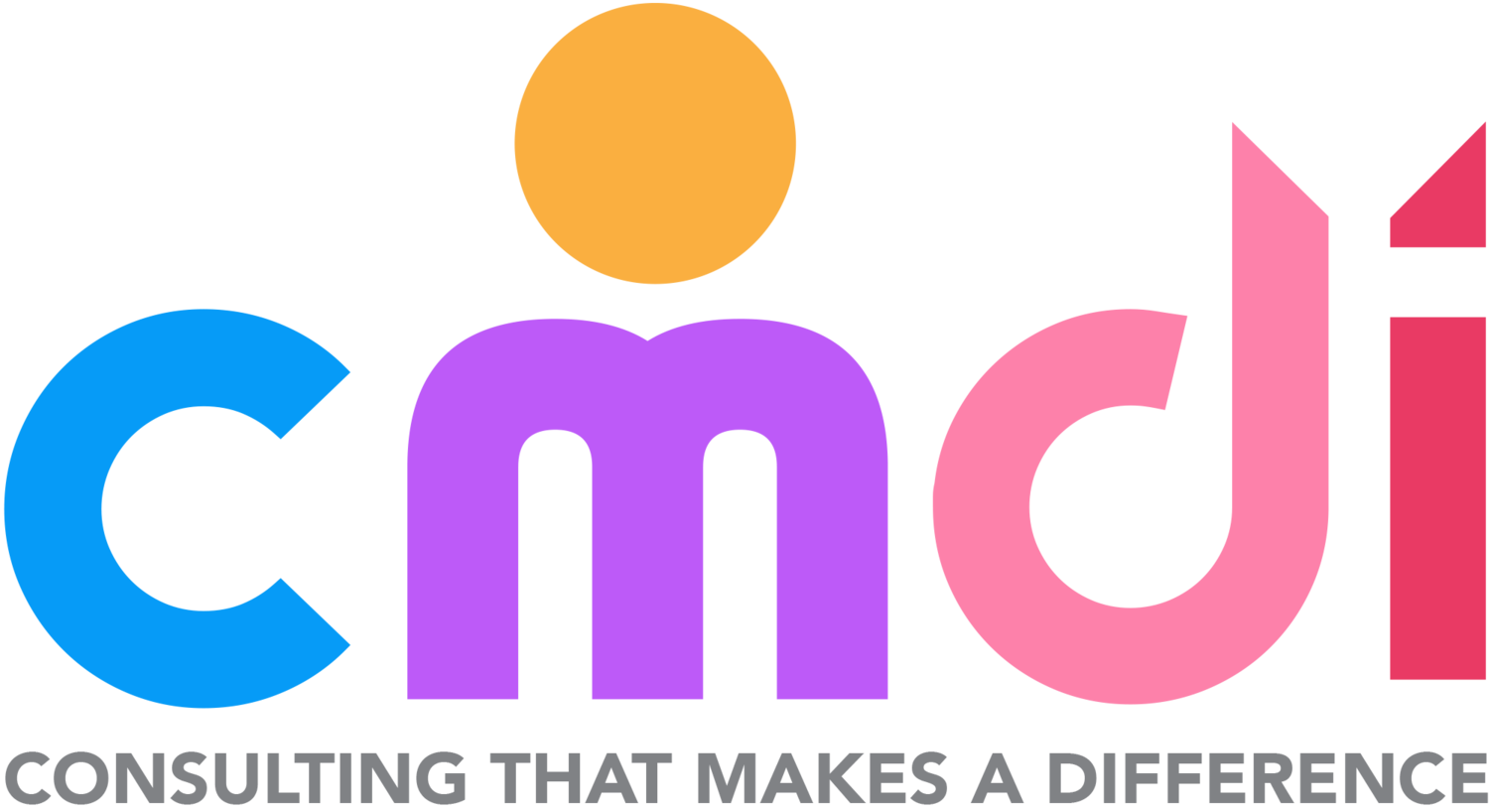Specially Designed Instruction vs. Differentiated Instruction
As an educator, you may already differentiate your instruction to meet the needs of the students you teach. Why? Because you acknowledge that students learn in different ways, and you feel an obligation to meet your student’s specific learning needs and interests. For example, you may differentiate based on your knowledge about your student’s learning style preferences; some are kinesthetic learners, some are more visual, others are more auditory, and some learn experientially. Students have varied strengths and challenges academically, socially, and emotionally. Therefore, as an educator, you find it necessary to differentiate what you do each day so that your students can meet with success and grow as learners. However, when it comes to educating students with IEPs, you must go beyond differentiated instruction and provide specially designed instruction. Even the most seasoned educator may confuse these two very important constructs so let me try to provide some clarity here.
Let’s begin with differentiated instruction (DI). Differentiated instruction is a general education construct. This means that it should be taking place in every classroom whether there are students with disabilities in the mix or not. Differentiation is all about varying instruction to meet individual student needs. It involves providing variations to content, process, products, and/or the learning environment, based on student readiness, interests, and needs. It’s all about changing “the how” for the whole class but not “the what”. Let’s look at a concrete example of differentiated instruction. Say you want your students to report on a book – the classic ‘book report.’ An example of differentiation here, in this case “product”, would be to give your students a variety of ways of creating that book report. They would still have to provide the same information yet have a choice in how they demonstrate that knowledge and level of mastery. You may choose to present a rubric so that your students will know what is expected to be shown in the final product no matter their “product” selection. Some students may choose to write an essay, some may create a presentation, and others may choose to make a video or podcast. The same could apply to math. After you teach a new concept, the students are going to engage in some practice. Here you may differentiate by providing grouping options. Some students may learn best through independent practice, others may benefit from working with a peer partner, still others may learn best by working directly with you, the teacher. It doesn’t matter whether you teach elementary, middle, or high school, the principles of differentiated instruction are the same. Your goal as the educator is to provide multiple options and/or opportunities for students to demonstrate their knowledge and understanding of what you want them to master.
But what about Specially Designed Instruction? Let’s take a look…
Specially designed instruction is a legal requirement under Part 200 of the NYS Department of Education regulations for students with disabilities. By quickly reviewing the definition of specially designed instruction (SDI), we can see that it is instruction that is designed for the student with an individualized education plan (IEP) to meet their individualized IEP goals. Obviously, not everyone in your classroom will have an IEP (unless you teach in a self-contained classroom), but for those students who do have an IEP, there will be IEP goals for them to work toward and hopefully master. Therefore, SDI is highly specific to that student and can include any of the following: accommodations, modifications, assistive technology, related services, and behavior intervention plans.
So, that leads to the question, how do you determine what SDI strategies will work for a student? One thing we at CMDI suggest is that you begin with a detailed review of the IEP. Using the present levels of performance (PLOP) at the beginning of the IEP, examining what your student’s areas of strength are and what their areas of need are, you then decide how to address those areas of need while building on the areas of strength. Ultimately, it is all encompassing and is based on the profile of an individual student with an IEP. Let’s look at a specially designed instruction example for introducing fractions. Based on the information provided in a student’s IEP, a student may require the following SDI strategies: pre-teaching of fraction-related vocabulary, frequent checks for understanding, modified content by reducing the concepts to be mastered and a personalized rubric for grading based on IEP goals.
While we may recognize that both DI and SDI provide targeted instruction to students, it is important to thoroughly understand the differences between the two in order to ensure that all your students can learn and thrive in any learning environment.
Would you like some more information on how we can help support SDI or DI in your school or district? Go to our website, www.cmdi.us to set up a free discovery call.
